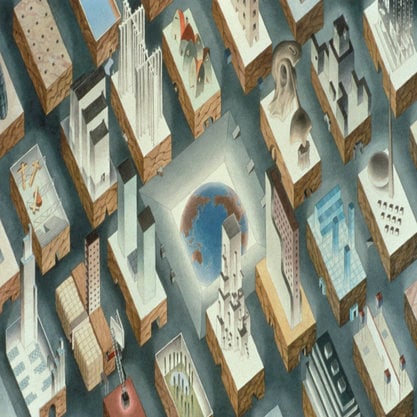Article
Bresciani, Valdés, Castillo, Huidobro (BVCH) By Celedon Forster, Alejandra
Article
The architectural practice composed by the architects Carlos Bresciani, Hector Valdés, Fernando Castillo y Carlos Huidobro (BVCH) dominated the national scene in the fifties and sixties. The initial group gathered in 1942, originally composed by Valdés, Castillo and Huidobro (VCH), in 1953 joined Bresciani. Their individual careers, spanning well into the nineties, are also extremely significant. Once the modern ideals were more absorbed in the country, the firm managed to put into practice certain principles and modes of production which represents a different architectonic attitude to that of the first half of the century. While the Chilean modernism of early twentieth century was mainly concerned about the construction of public monumental buildings, this second half opens a second trend of development. Along with the building of institutions, central to Chile’s modernity was the construction of social housing. Socially engaged, BVCH architectural practice had a central role in this thread.
